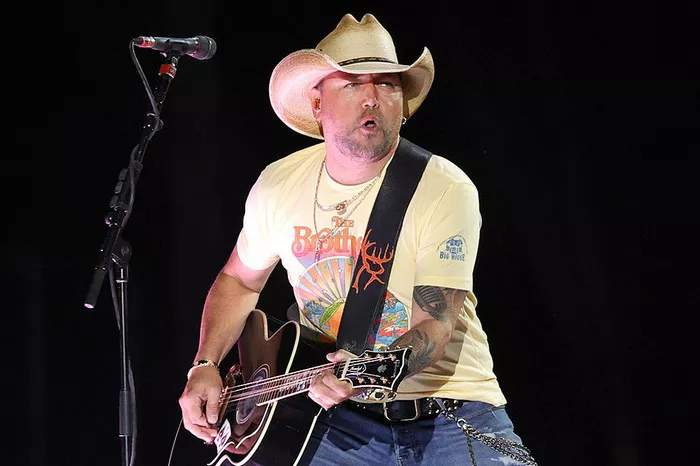Twang is one of the most recognizable elements in country music. It’s a sound that instantly transports listeners to the heart of America, where wide-open spaces, small towns, and a love for simple living define the culture. Twang isn’t just a sound; it’s an attitude, a style, and a crucial part of the country music genre. In this article, we will explore what twang is, how it became integral to country music, and why it continues to resonate with audiences today.
I. The Origins of Twang
Twang in country music has deep roots. It originated in the Southern United States, where a blend of musical influences came together to create a unique sound. These influences included folk music from the British Isles, African-American blues, and the rhythms of Native American music. As these elements merged, they created a style that was distinctively American.
The Role of the Southern Accent
One of the most significant contributors to the twang sound is the Southern accent. The way vowels are stretched and consonants are softened gives the music a nasal quality that is often described as “twangy.” This vocal style is a defining feature of country music, making it immediately recognizable.
Instruments that Contribute to Twang
In addition to the vocal style, certain instruments are closely associated with twang. The steel guitar, banjo, and fiddle are key players in creating the twangy sound. The steel guitar, with its sliding notes, adds a whining quality to the music, while the banjo’s quick, percussive notes provide a sharp contrast. The fiddle, often played with a loose bowing technique, adds a melodic twang that complements the other instruments.
II. How Twang Became Synonymous with Country Music
Country music as we know it today began to take shape in the early 20th century. The genre was heavily influenced by the folk traditions of the rural South. Twang became a defining characteristic as country music evolved from these traditions.
The Impact of Radio
Radio played a significant role in popularizing twang. In the 1920s and 1930s, radio stations began broadcasting live performances of country music. These broadcasts brought the twangy sound of the South to a national audience. Shows like the Grand Ole Opry, which began broadcasting in 1925, helped solidify the twangy sound as a hallmark of country music.
The Nashville Sound
As country music moved into the mainstream, the Nashville Sound emerged in the 1950s. This style softened some of the rougher edges of traditional country music, incorporating smoother vocals and lush orchestration. However, even as the genre evolved, the twang remained. Artists like Patsy Cline and Jim Reeves brought a polished version of twang to a broader audience, proving that the sound could be both commercial and authentic.
III. Twang in Modern Country Music
Today, twang is still a vital part of country music, although it has evolved over the years. Modern country artists often blend traditional twang with elements of pop, rock, and even hip-hop. This fusion has helped country music stay relevant in a rapidly changing musical landscape.
Traditional vs. Modern Twang
Traditional country artists like George Strait, Alan Jackson, and Reba McEntire have kept the twang alive by staying true to the genre’s roots. Their music features the classic twangy vocals and instrumentation that define country music.
On the other hand, modern artists like Taylor Swift, Florida Georgia Line, and Kacey Musgraves have pushed the boundaries of twang. While their music still retains some twangy elements, it also incorporates a wide range of other influences. This has led to a broader definition of what twang can be, allowing the genre to evolve while still honoring its roots.
The Influence of Country-Rap and Country-Pop
In recent years, subgenres like country-rap and country-pop have emerged, further expanding the definition of twang. Artists like Lil Nas X and Kane Brown blend traditional country elements with modern sounds, creating a new type of twang that appeals to younger audiences.
This evolution of twang demonstrates its adaptability. Even as the genre changes, twang remains a core element that ties modern country music to its historical roots.
IV. Why Twang Resonates with Audiences
Twang resonates with audiences because it evokes a sense of authenticity and nostalgia. For many listeners, twangy music brings back memories of simpler times and connects them to a cultural heritage that values tradition and community.
Emotional Connection
The emotional power of twang lies in its ability to convey genuine emotion. Whether it’s the heartache in a sad country ballad or the joy in a rollicking honky-tonk tune, twang adds a layer of sincerity to the music. This emotional connection is a key reason why country music has such a devoted fan base.
Cultural Significance
Twang is more than just a musical style; it’s a cultural marker. It represents the values and lifestyle of the rural South, where country music originated. Even for those who don’t live in the South, twangy music offers a connection to a way of life that is deeply ingrained in the American experience.
See Also: Exploring Expressionism in Music: Its Origins and Influence
V. Conclusion
Twang is an essential part of country music that has stood the test of time. From its origins in the folk traditions of the South to its place in modern country music, twang has been a defining feature of the genre. Whether it’s in the nasal quality of the vocals, the distinctive sound of the steel guitar, or the emotional depth of the lyrics, twang continues to resonate with audiences around the world.
As country music continues to evolve, twang will undoubtedly remain a key element. Its ability to adapt while staying true to its roots ensures that twang will be a part of country music for generations to come. Whether you’re a fan of traditional country or the latest country-pop hits, twang is the thread that ties it all together, making country music one of the most enduring and beloved genres in the world.

